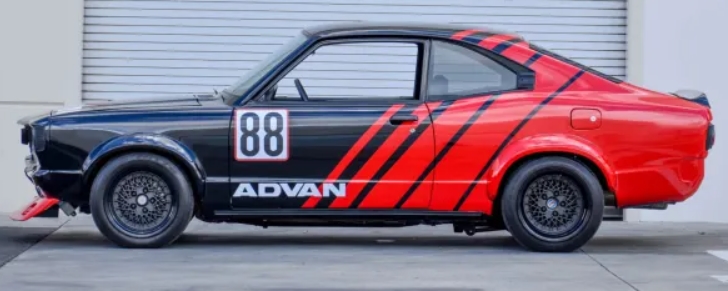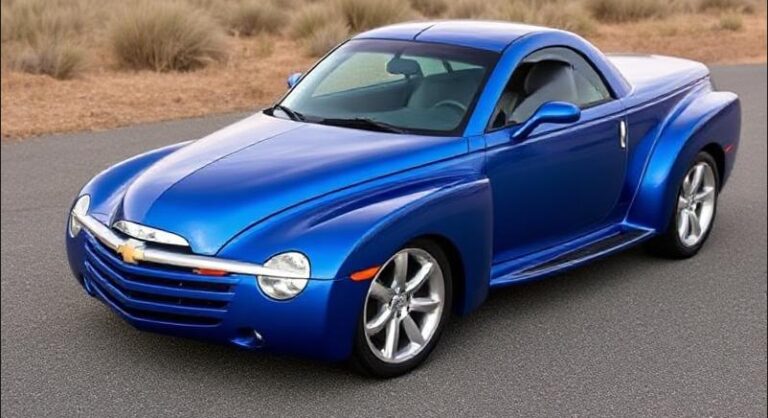The Little Car That Could: Charting the Evolutionary Journey of the Subaru 360
In the annals of automotive history, certain vehicles stand out not for their raw power or luxurious appointments, but for their sheer tenacity, their ability to capture the spirit of an era, and their foundational role in a brand’s identity. The Subaru 360, produced from 1958 to 1971, is undoubtedly one such machine. Often characterized by its charmingly diminutive size and its peculiar, almost whimsical design, the s360 was more than just a car; it was a testament to post-war Japanese ingenuity and a quiet harbinger of Subaru’s future commitment to practicality, affordability, and a unique approach to engineering.
The genesis of the Subaru 360 can be traced back to the burgeoning demand for personal transportation in post-war Japan. The nation was rebuilding, and the economy, while growing, placed a premium on fuel efficiency and affordability. The Japanese government, through its Keijidosha (light automobile) regulations, actively encouraged the development of small, economical vehicles that could be taxed and insured at lower rates, making car ownership accessible to a wider population. It was within this context that Fuji Heavy Industries, the parent company of Subaru, embarked on the development of its first passenger car.
The Dawn of a New Era: The Subaru 360 Young SS (1958-1960)
The Subaru 360 made its debut in 1958, a clear response to the growing Keijidosha market. The initial offering was the Subaru 360 Young SS. The “SS” designation, though not officially elaborated upon by Subaru, is widely believed to stand for “Super Six,” hinting at the car’s modest 356cc engine. This air-cooled, two-stroke, inline-twin engine produced a mere 16 horsepower, a figure that would become a defining characteristic of the 360 throughout its life.
The Young SS was remarkably compact, measuring just under three meters in length and weighing around 350 kilograms. Its design was undeniably quirky, featuring rounded contours, a greenhouse that offered surprisingly good visibility for its size, and a distinctive two-door sedan body style. The interior was spartan, reflecting its budget-friendly positioning, with basic seating for four passengers (though rear legroom was practically non-existent for adults). Despite its limitations, the Young SS was a critical first step for Subaru, showcasing their ability to produce a functional, albeit basic, passenger car.
.

.
Refinement and Expansion: The Subaru 360 Custom (1960-1966)
As the Japanese economy continued to grow, so did the expectations of car buyers. Subaru responded by introducing the Subaru 360 Custom in 1960. This iteration represented a significant evolution, offering a more refined and practical experience. While the core design remained similar, the Custom featured subtle styling tweaks, improved interior appointments, and a slightly more powerful engine.
The 356cc engine was gradually tuned to produce a more respectable 18 horsepower. The Custom also saw the introduction of a Deluxe trim level, offering a hint of added comfort and convenience. This tiered approach to trim levels would become a hallmark of Subaru’s strategy in later years. The Custom also introduced a station wagon variant, further expanding its utility and appeal to families. This wagon, often referred to as the Subaru 360 Sambar (though the Sambar name would later be used for dedicated commercial vans), provided a more versatile option for carrying goods and passengers.
Crucially, in 1961, Subaru introduced the Subaru 360 Van, a dedicated commercial model designed for small businesses and tradespeople. This utilitarian version prioritized cargo space over passenger comfort, featuring a simpler interior and a more robust suspension. It further cemented the 360’s role as a true workhorse for the everyday Japanese citizen.
The American Invasion and Further Iterations: The Subaru 360 Custom, Deluxe, and the “Mini-Cruiser” (1966-1969)
Perhaps the most significant chapter in the Subaru 360’s story, at least from a Western perspective, is its foray into the United States. In 1966, Subaru of America (SOA) was established, and the 360 was chosen as the flagship model to introduce the brand to American consumers. This was a bold move, placing a tiny, two-stroke Japanese car in a market dominated by larger, more powerful American sedans and muscle cars.
To cater to the American market, Subaru offered the Subaru 360 Custom and Deluxe models, which were essentially upgraded versions of their Japanese counterparts. These cars were met with a mixture of curiosity and, often, amusement. Their diminutive size and leisurely performance were a stark contrast to what Americans were accustomed to. However, their incredible fuel economy (often upwards of 50 miles per gallon) and their low purchase price (around $1,200) did attract a niche audience, particularly those seeking an economical second car or an unconventional commuter.
To further appeal to the American sense of adventure and leisure, Subaru also introduced a unique variant in 1967: the Subaru 360 Young SS “Mini-Cruiser.” This special edition was an open-top convertible version, essentially a chopped-down 360 with a roll bar, designed to evoke a sense of fun and freedom. While not a commercial success, the Mini-Cruiser remains a curious and highly collectible footnote in the 360’s history, showcasing Subaru’s willingness to experiment with its limited platform.
Throughout this period, the engine power saw further, albeit modest, increases. The 356cc two-stroke engine was eventually tuned to produce around 20-25 horsepower in its later iterations, still a far cry from the competition but a noticeable improvement.
The Waning Years and the Dawn of a New Era: The Subaru 360 (1970-1971)
By the late 1960s, the world of automotive engineering was rapidly advancing. The limitations of the two-stroke engine, particularly in terms of emissions and refinement, were becoming increasingly apparent. Furthermore, Japanese Keijidosha regulations were evolving, allowing for larger engines and dimensions. Subaru, recognizing these shifts, was already working on its next generation of vehicles.
However, the Subaru 360 soldiered on through 1970 and into 1971, albeit in a more pared-down form. The focus shifted back to domestic sales, and the primary models offered were the more utilitarian variants. The once-prominent “Custom” and “Deluxe” badges faded as Subaru prepared for the arrival of its successors. The 360’s era was drawing to a close, not due to outright failure, but because automotive technology, and the market’s expectations, had simply outgrown its humble charms.
Legacy and Impact:
The Subaru 360, despite its humble beginnings and often-overlooked status in the grand scheme of automotive history, leaves an indelible legacy.
The Foundation of Subaru: It was Subaru’s first passenger car and proved that the company could successfully compete in the automotive market. Its success, however modest by global standards, provided the financial and technical foundation for future Subaru models.
Pioneering Keijidosha: The 360 was a prime example of the Keijidosha category’s success, demonstrating the viability of small, economical vehicles for mass transportation.
A Symbol of Reliability and Affordability: For many owners, the 360 was their first taste of car ownership, representing independence and affordability. Its simple mechanicals, while requiring frequent maintenance due to its two-stroke nature, were also relatively easy to understand and repair.
A Quirky Collectible: Today, the Subaru 360 is a highly sought-after collector’s item. Its unique design, its historical significance, and its sheer rarity make it a fascinating piece of automotive history. Enthusiasts cherish its distinct personality and the stories it tells of a bygone era.
The Seed of Subaru’s Identity: While the 360 itself was a two-stroke, front-wheel-drive car, its spirit of practicality, its humble yet determined approach to engineering, and its ability to cater to specific market needs foreshadowed Subaru’s future success with models like the Leone, the Outback, and the Forester – vehicles that prioritized utility, all-wheel-drive capability (a significant departure from the 360), and a distinct, no-nonsense approach to motoring.
The Subaru 360, the “little car that could,” may have been small in stature, but its impact on the Subaru brand and the automotive landscape of its time was anything but. It was a car born of necessity, refined through perseverance, and ultimately, a testament to the enduring power of well-executed, albeit humble, engineering. Its evolution, from the rudimentary Young SS to the more appointed Custom and the adventurous Mini-Cruiser, charts a fascinating course through the development of Japanese automobiles and offers a charming glimpse into the origins of a brand that would go on to forge its own unique path in the global automotive arena.







